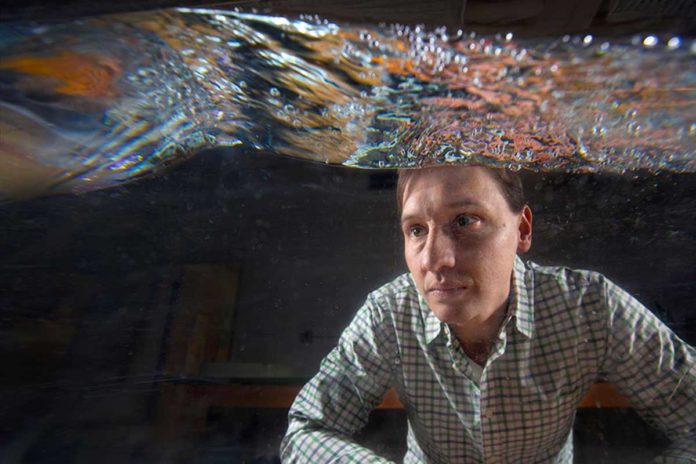Abrupt variations in the ocean bottom can cause unsafe ocean waves known as rogue or freak waves — waves so calamitous that they were once thought to be the fantasies of seafarers’ creative abilities. These huge waves could lead to huge pulverization to ships or infrastructure, yet they are not accurately comprehended.
Scientists from worldwide have examined several possible factors they thought might contribute to these waves, including the seafloor wind excitation and a phenomenon called Benjamin-Feir where deviations from a periodic waveform are reinforced by nonlinearity.
Nick Moore, assistant professor of mathematics at Florida State and author of a new study on rogue waves said, “There was a relative underrepresentation of real-world data that you can get from laboratory experiments, where you can carefully control the various factors. Often you need this real-world data to see whether the computer simulations are giving you sensible predictions at all.”
In this new study, scientists examined the effect of abrupt seafloor variations on wave statistics. They created a long chamber with a variable bottom. Using a motor to generate randomized waves, the research team tracked thousands of waves to see if any patterns emerged.
After the waves passed through several feet of a consistent profundity, they experienced a stage in the base of the tank that spoke to a sudden change in the ocean bottom. Moore and his partners found that at first the waves seemed typical, after a customary ringer bend. In any case, when they ignored the progression, the structures of the waves altogether changed.
The changed waves pursued what’s known as a gamma appropriation, a mathematical function describing certain examples that challenge the ringer bend with a certain goal in mind.
Moore said, “It is surprising how well the gamma distribution describes the waves measured in our experiments. As a mathematician, that is screaming to me that there is something fundamental to understand.”
“We have to understand them on a fundamental level first by developing new mathematics. The next step is to use those new mathematics to try to predict where and when these extreme events will occur.”
The study is published in the journal Physical Review Fluids, Rapid Communication.
